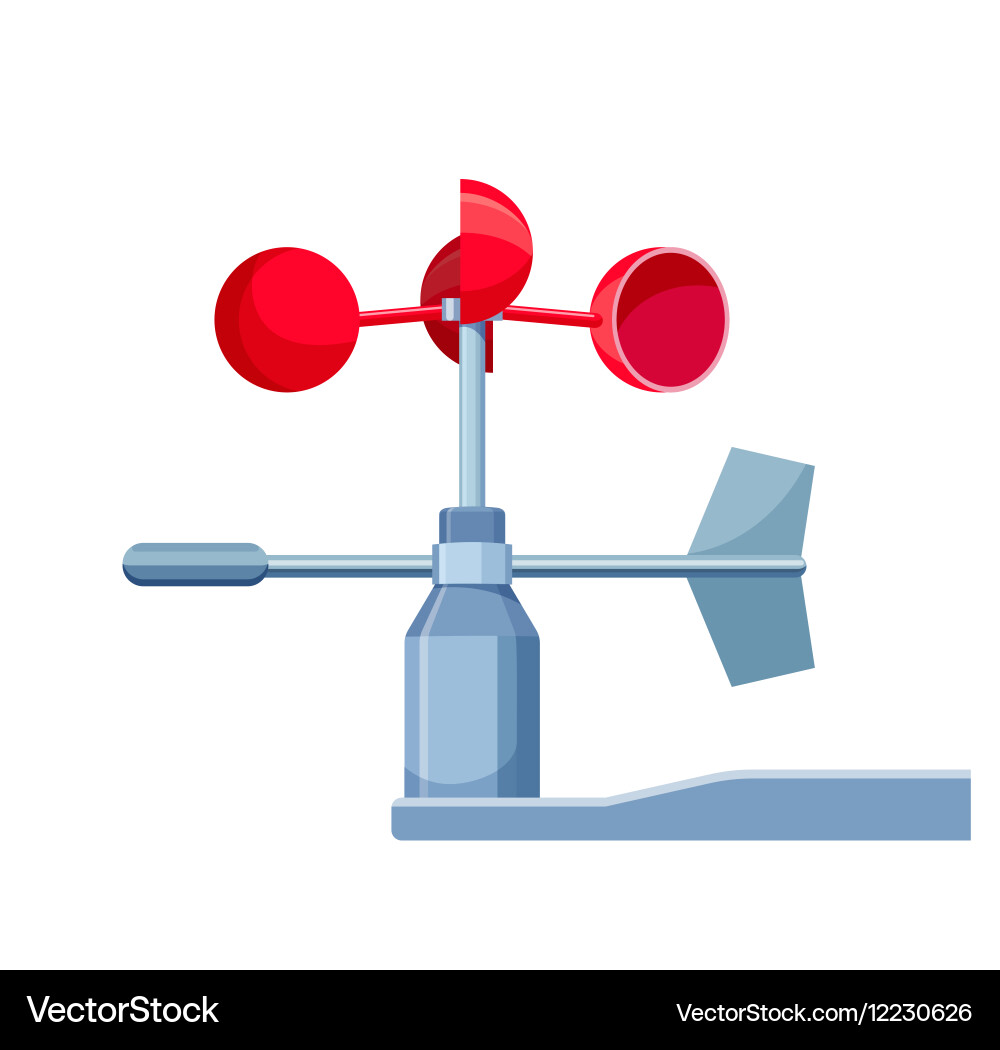Anemometers Unveiled: Recognizing Their Importance in Environmental Tracking and Security Actions
The duty of anemometers in ecological monitoring and safety actions is frequently taken too lightly, yet their relevance is indisputable. These tools have a long history rooted in clinical query and technical advancements, advancing to come to be vital tools in various fields. From weather forecasting to aviation safety, anemometers play a crucial role in supplying precise data that informs decision-making procedures and boosts total safety and security. Recognizing the intricacies of anemometers unveils a world of critical insights that are fundamental to our understanding of the atmosphere and the measures we take to ensure security.
Background of Anemometers
The development of anemometers can be mapped back to the ancient human beings where primary wind measuring devices were initial used. These very early wind measurement devices laid the foundation for the advancement of more innovative anemometers with time. Among the earliest recognized anemometers was the hemispherical mug anemometer developed by Leon Battista Alberti in the 15th century. This layout included 4 hemispherical mugs that gathered wind power, providing a measurement of its intensity based on the rate of turning.
Over the years, advancements in modern technology led to the advancement of more modern-day anemometers, consisting of ultrasonic anemometers and laser Doppler anemometers, offering enhanced accuracy and performance in determining wind rate and instructions. The history of anemometers showcases an exceptional journey of development and development in the area of meteorology.
Kinds of Anemometers
Throughout the area of meteorology, numerous kinds of anemometers have been created to precisely gauge wind rate and instructions. Sonic anemometers use ultrasonic signals to gauge wind speed and instructions accurately. Hot-wire anemometers run based on the concept that the cooling impact of wind on a heated cable is proportional to the wind rate.
Applications in Weather Forecasting
Having discussed the various kinds of anemometers made use of in meteorology for determining wind speed and direction, it is vital to discover their useful applications in the field. Anemometers play an essential function in weather forecasting by supplying real-time and exact data on wind problems (anemometer). Meteorologists utilize anemometers to check wind rate and direction to forecast weather patterns, problem warnings for severe weather events like tornadoes, tornados, and storms, and analyze atmospheric conditions for air travel safety
In weather forecasting, anemometers aid in understanding local and neighborhood wind patterns, which are vital for forecasting weather condition adjustments and identifying climatic fads. These tools are likewise utilized in research study to study microclimates, city heat islands, and air contamination dispersion. Furthermore, anemometers are employed in agriculture to enhance crop monitoring techniques, such as watering and chemical application, based on wind conditions.
Relevance in Aviation Safety
An essential element of making certain air travel security hinges on the thorough surveillance of wind conditions utilizing more information anemometers. Anemometers play a vital role in air travel by giving real-time information on wind rate and instructions, assisting pilots in making educated choices throughout take-off, landing, and trip. Strong and unpredictable winds can considerably affect airplane operations, making it vital for aviation authorities to count on precise wind dimensions to guarantee the safety and security of passengers and staff.

In the dynamic atmosphere of air travel, where even minor modifications in wind speed and direction can have profound impacts, anemometers stand as crucial tools for advertising risk-free and secure flight.
Function in Environmental Study
Anemometers play an essential role in ecological research by providing crucial information on wind rate and instructions. By properly measuring wind attributes, anemometers aid scientists examine the motion of toxins in the air, evaluate the influence of industrial emissions, and predict the spread of contaminants in the atmosphere.


Conclusion
Finally, anemometers have played an important function in ecological monitoring and safety steps. With a rich background and various types readily available, these tools have actually been commonly used in meteorology, air travel safety and security, and environmental research. Comprehending the relevance of anemometers is essential for accurately gauging wind rate and direction, which is crucial for predicting weather patterns, guaranteeing risk-free air travel procedures, index and performing environmental studies - anemometer. Their contributions to these fields can not be undervalued.
One of the earliest well-known anemometers was the hemispherical mug anemometer designed by Leon Battista Alberti in the 15th century. Over the years, advancements in technology led to the growth of even more modern-day anemometers, consisting of ultrasonic anemometers and laser Doppler anemometers, using boosted accuracy and performance in gauging wind speed and direction. Hot-wire anemometers run based on the concept that the cooling result of wind on a warmed cable is proportional to the wind speed. Meteorologists utilize anemometers to monitor wind speed and direction to forecast climate patterns, concern cautions for severe weather condition events like tornadoes, typhoons, and storms, and assess climatic conditions for aeronautics security.
Recognizing the value of anemometers is crucial for properly measuring wind speed and instructions, which is vital for forecasting weather patterns, guaranteeing secure aviation procedures, and carrying out environmental studies. (anemometer)